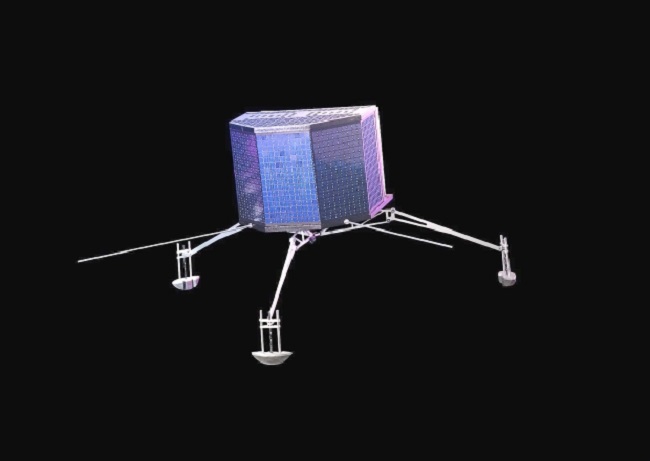
The Rosetta spacecraft was launched in 2004 with an unprecedented mission: landing on a comet. That mission, 10 years in the making, is finally a go: Rosetta just awakened from hibernation on June 3, 2014 after finally closing in on the comet.
Rosetta’s mission is simple: Study Comet 67P/Churyumov-Gerasimenko in real time as it evolves from an orb of frozen ice and rock into a sun-drenched solar body complete with a linear tail of dust and gas. Comets, you see, warm as they approach the sun and undergo a drastic change. “It's beginning to look like a real comet,” says Holger Sierks of the Max Planck Institute for Solar System Research, where Rosetta’s special camera was built.
Prior to Rosetta, no NASA or ESA spacecraft has ever attempted to land on a comet. Instead the spacecraft gathered data in passing. As a matter of fact, most contemporary comet-related knowledge was obtained from a spacecraft that flew passed Halley’s Comet when it last appeared in the mid-1980s. But unlike a flyby, Rosetta will give scientists a deeper insight into all stages of the comet’s evolution.
“Rosetta is different. It will orbit 67P for 17 months. We'll see this comet evolve right before our eyes as we accompany it toward the sun and back out again,” explains Claudia Alexander, project scientist for the U.S. Rosetta Project at JPL.
The actual comet landing takes place later this year in November, when a European-built lander probe named “Philae” descends from Rosetta onto the rocky surface. Philae, named after the island in the Nile that housed the obelisk that helped decipher the Rosetta stone, is equipped with drill-tipped harpoons to help anchor itself on the comet’s surface. Together with the Rosetta craft overhead, scientists will obtain a firsthand study of a comet’s nucleus.
Via NASA
Advertisement





